car clutch - one of the main structural components of the vehicle. Its main purpose - short-term disconnection of the engine from the transmission and smooth their connection with each other at a gear change. Car clutch protects the drivetrain components from overloading. This structural element is located between the engine and the transaxle.
Content
Device clutch car clutch operating principle
Clutch elements:
- PPC input shaft.
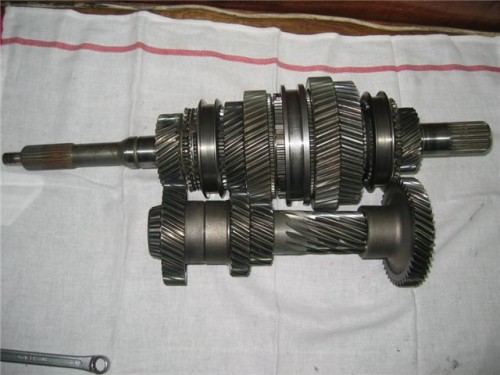
- engine flywheel.
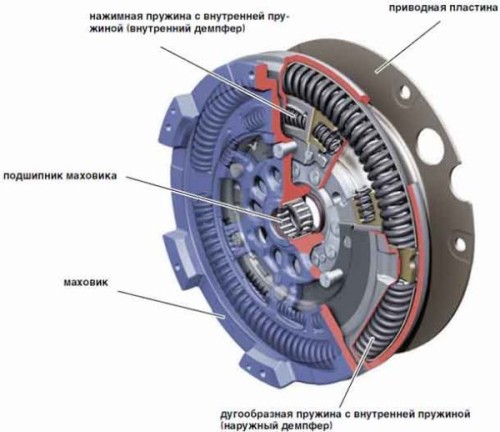
- clutch fork.
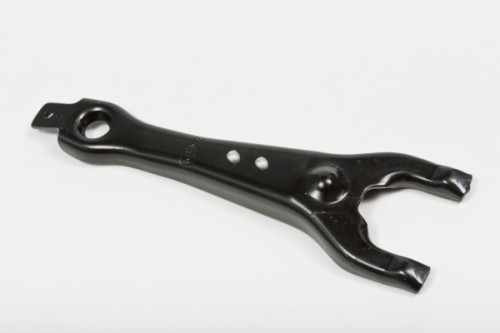
- Transaxle case.
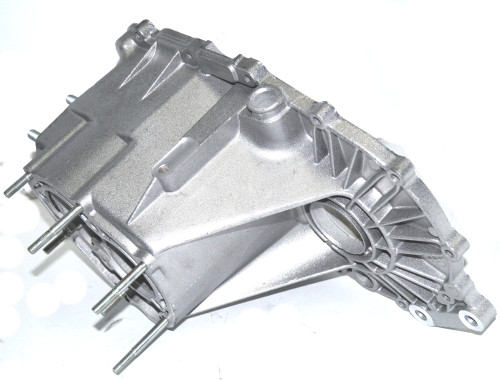
- Release lever.
- PPC gear.
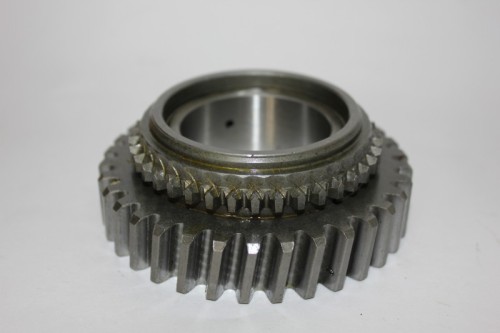
- Releaser.
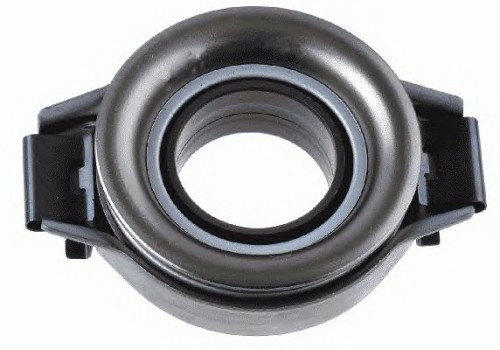
- Pressure Plate.
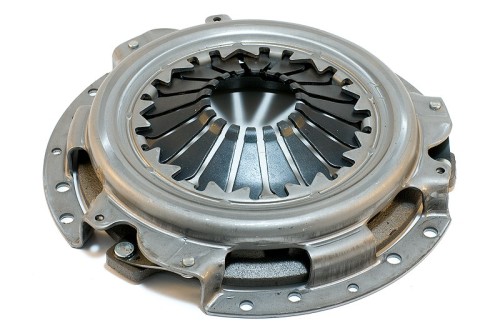
- Spring.
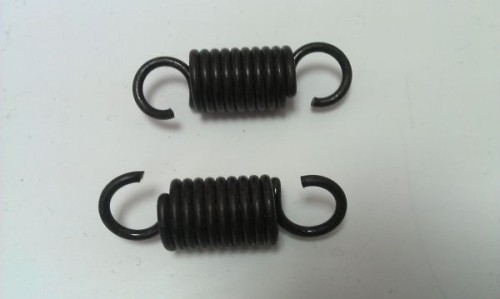
- clutch cover.

- clutch housing.
To understand the purpose of the clutch, the engine should be compared with the work of a term such as "traffic". If we imagine that the flywheel is directly connected to the drive axle motor vehicle, when the motor is started, the vehicle must immediately go. Accordingly, in order to stop the car, you need to drown out the engine. That's what you need to grip, allowing the opportune moment to obtain energy from the engine at the beginning of the movement or interrupting the process to stop driving.
Classical clutch consists of driven discs and pressure, as well as a drive, which causes them to nestle or disconnected from each other. This structure is fixed in a housing which is firmly attached to the flywheel of the crankshaft. Pressure plate quite massive and also firmly attached to the casing. It should be noted that the drive plate is much thinner and is splined main (primary) Transmission vehicle shaft. Slots are responsible for ensuring his mobility along the axis of the shaft, as well as for rigid coupling to the shaft. With regard to the pressure plate, it does not have the coupling shaft with the CPT.
In the standard operating position and push the driven wheels are pressed together with powerful springs and levers through the release bearing. Consequently, as a result of frictional forces between the discs, the input shaft is transmitted from the flywheel Transmission torque. If you take the pressure plate from the slave, the torque of the motor is interrupted and the cessation of the slave drive rotation of the shaft.
Disconnecting the drive is performed by the clutch fork, that his appearance resembles a children's swing. Fork itself actuated by means of levers and rods chain clutch pedal which is located in the cab.
Before launching a motor, the motorist presses the clutch pedal, acting on the plug by traction and forcing its opposite ends to move relative to the center in opposite sides. The end of the plug puts pressure on the release bearing, which, through levers, makes the springs that have pressure on the pressure disk. The latter is separated from the slave disk, which interrupts the transmission of the torque. As a result, when the clutch pedal was squeezed and the engine running, only the flywheel rotates. To start moving, it is necessary to smoothly release the clutch, which is why the plug will stop to provide its effect on the pressure bearing, which, in turn, will soften the pressure on the levers. Then the springs will begin to squeeze, as a result of which the slave and pressure disks will be added to the flywheel. Since the slave drive is firmly attached to the slots of the primary shaft of the gearbox, the torque from the motor will be transmitted to the transmission of the drive wheels and the vehicle will start moving.
It should be noted that there are two types of clutch drive - hydraulic and mechanical. The mechanical version is the easiest in the work of the car clutch. In this case, the motorist, pressing the pedal, has an effect on the adhesion fork by means of thrust and cables. The hydraulic option provides a piston with liquid. Most often it is used on heavy trucks to facilitate the driver's work.
What a grip on the car, classification of clutches for passenger and trucks
Depending on the design of the clutch, there are such types - electromagnetic, friction and hydraulic.
The frictional clutch variant performs the transmission of the torque using the friction force. The adhesion of the electromagnetic species is controlled by a magnetic field. In the hydraulic embodiment, the communication is provided with a fluid flow.
Friction type of clutch is the most common. Depending on the number of discs, such types of friction clutch are distinguished - multi-disc, one-piece and two-disc.
The clutch is wet and dry. In dry clutch, it is assumed to work discs in dry friction. Wet clutch involves the operation of the disks in the liquid.
As a rule, modern cars are equipped with a dry single-sized clutch. All components of the clutch are located in the crankcase, which is attached to the engine with the bolts.
Hydraulic clutch. Fluid coupling where torque transmission is performed by the hydrodynamic pressure of the fluid which circulates between the driving and driven components, called hydraulic clutch.
Fluid coupling does not apply to cars as an independent clutch as can not provide an absolute turn-off, which greatly complicates the gear shift. As a result, when applying a fluid coupling installed together with it the friction clutch, which is intended only for the shift. At the same time in the friction clutch mounted the softer and plastic pressure springs, making it easier to turn off the clutch.
The electromagnetic clutch. Electromagnetic clutch considered when compressing the driving and driven elements is performed by means of electromagnetic forces. The electromagnetic clutch is always in the open position.
Freight and passenger cars with a powerful engine equipped with dual-clutch transmission, which at a constant amount transmits significantly more torque, and provides much greater design resource. This is achieved through the use of two slave drives, among which is the spacer. As a result, four friction surfaces are obtained.
Malfunctions of coupling, signs of adhesion failure
- The clutch is not fully activated ( "slips") as a result of lubrication and wear of the friction linings slave drive, failure of springs, poor amplitude of the pedal. To resolve this error, replace the clutch disc, remove the bully on disk, removable defective drive components.
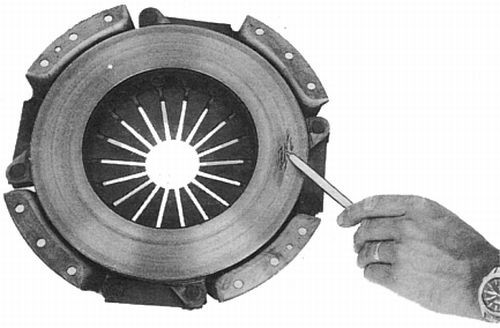
- The clutch is not completely switched off ( "leads") as a result of a fairly large free clutch travel, spring breakage, warping or slave drive inappropriately standing pressure plate. To resolve this clutch malfunction, remove the air from the hydraulic drive, adjust a pedal free wheeling, replace inefficient discs and springs.
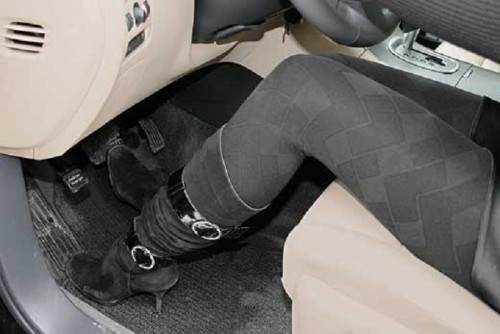
- The drive clutch is leaking brake fluid, which is possible from the master and working cylinders, and also in the connecting tubes. To solve the problem, to visually locate the leak and change to the new faulty nodes, and then bleed the hydraulic completely.
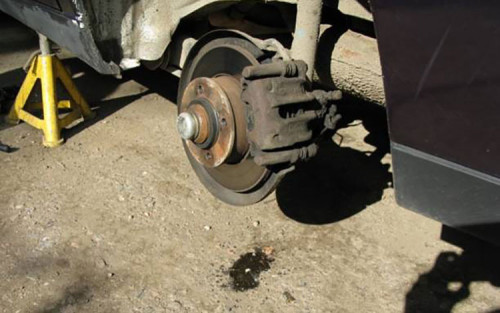
Tips pro, how to prevent adhesion failure
To prevent the clutch faults discussed above, it is enough to adhere to simple rules of operation. When the clutch is operating, it is necessary to periodically check the level of brake fluid in the tank. If the level is below the norm, be sure to restore it.
The reduced level of brake fluid or incorrect clutch adjustment is able to lead to the fact that the transmission on your auto will be hard to turn on or stop incorporated at all. When moving, the driver has to constantly squeeze and release the clutch pedal, which forces the surface of the slave disk with great power to rub about the pressure disk and flywheel, as a result of which, of course, with time, the side surfaces of the slave disk wear out. This is an ordinary process, which is provided for by the design of the car. Any machine requires attention to yourself. On average, with the proper operation of the clutch, the replacement of the driven disc is needed after 80,000 kilometers of driving.
Related Materials
- Stove 2110, bad warm stove 2110, VAZ 2110 heating system, repairing the heating system VAZ 2110 with their own hands
- VAZ 2114 stove blows with cold air, stove 2114, bad warm stove VAZ 2114, device and repair of heating VAZ 2114 do-it-yourself, removing the stove VAZ 2114
- How to subdominize the car. How to put a jack. Types of jacks for cars.
- VAZ 2109 Fuse Block, VAZ 2109 Fuse Block Carburetor, VAZ 2109 Fuse Block Injector, Old VAZ 2109 Fuse Block, VAZ 2109 Fuse Block, VAZ Fuse Block 2109
- Car exhaust gas catalyst, faulty catalyst, pluses and cons of the catalyst, how to change the catalyst for the planeencitel
- Stove blowing cold air VAZ 2114, badly blowing the stove VAZ 2114, why badly blowing the stove VAZ 2114
- How to find out the owner of the car by the number of his car, check the car by the number of the traffic police machine, check the car by the state number of the car for free
- How to choose Used tires, Useful Tips
- Winter car road, pressure in passenger car tires in winter, good battery for the car in winter, whether to warm the car in winter
- In winter, the car is poorly started. How to make a car in winter, do you need to warm up the car in winter, useful tips
- Economy fuel consumption machines, the most economical car consumption
- Tires brands for passenger cars, labeling of car tire labeling, residual passenger car tire protector, how to pick a tire on a car brand, car tire tread pattern
- Working transmission operation, mechanical gearbox clutch work, driving with manual gearbox, useful tips
- Rear beam Peugeot 206 sedan, rear beam device Peugeot 206. Rear beam Peugeot 206 Malfunction, repair of the rear beam Peugeot 206
- Diesel fuel in winter, additive for diesel fuel in winter, how to choose the best diesel fuel
- Diesel winter does not start. How to start diesel in winter, heating diesel in winter.
- Japanese bridgestone tires, winter studded bridgestone tires, bridgestone tires brand
- Tire marking decoding for passenger cars, labeling wheels, how to choose the right tires on the disks
- Diesel engine in winter, launch of the diesel engine in winter, what oil to fill in a diesel engine in winter, useful tips
- LED backlight of the car, the backlight of the bottom of the car, the backlight of the legs in the car, the backlight in the door of the car, the backlight of the car is fine
- Recovered tires, bus tire, restored tire protector, can I use them
- Choose winter tires, which is a winter tires, which pressure in winter tires should be marked with winter tires, how to choose the right winter tires, the best winter tires 2019
- Steering rail rail, knock of steering rack, reasons for the knock and repair of the steering rack do it yourself
- Cameless car tires, a set for repair of tubeless tires, repair of the cannon-free tire do it yourself
- Russian tires, Russian tires Winter, Russian All-season tires, Voronezh AMTEL tires, Tires "Matador Omsk Tire", Kama-tires are world-class bus
- How to open a car without a key. Lost the key from the car what to do, the key from the car inside the car
- Silent tires, quiet winter tires, quiet studded bus, which tires to choose, overview tires
- Tires and safety, safety of the bus, why it is necessary to constantly monitor car tires
- Rules of safe driving of the car in the rain and slush, safe driving of the car for beginners
- Rust converter which is better for cars, rust converters to choose how to use rust transducer, professionals
- Polishing the body of the car do it yourself, how to choose a polishing paste, useful tips
- Engine durability, engine life, how to extend engine life
- Knock in the car. Knock when moving the car. What can knock in the car. How to determine the cause of the knock.
- ABS car, what is ABS car, ABS system malfunction, ABS diagnostics
- Overtaking a car when you can start overtaking a car, rules of traffic rules
- Fuel pump VAZ 2110, VAZ 2110 gas station scheme, VAZ 2110 fuel pump device, VAZ 2110 gas station repair,
- Automotive antennas for radio, automotive antenna device, car antenna do it yourself
- Front suspension Kalina, device front suspension Kalina, knock in front suspension Kalina, repair of front suspension Kalina
- Shock absorber Oil, best oil shock absorbers, pumping oil shock absorbers, how to properly pump oil shock absorber
- Clutch malfunctions, touches clutch, causes a clutch malfunction, how to eliminate
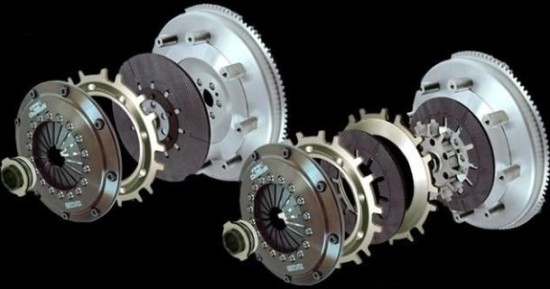
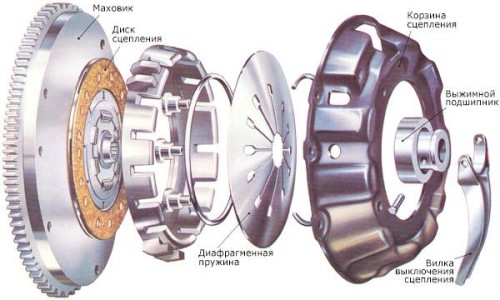
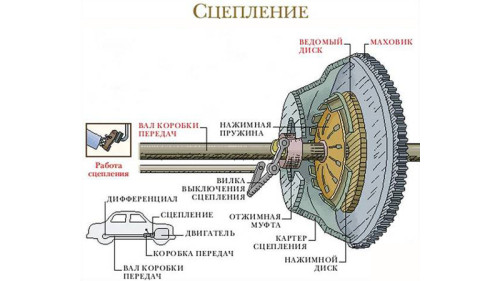
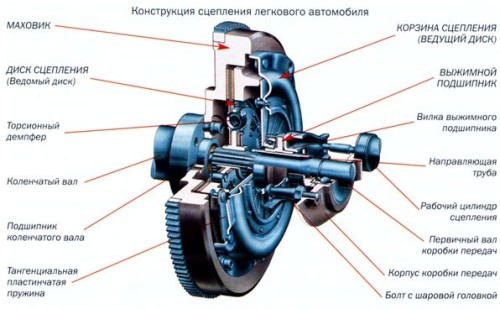

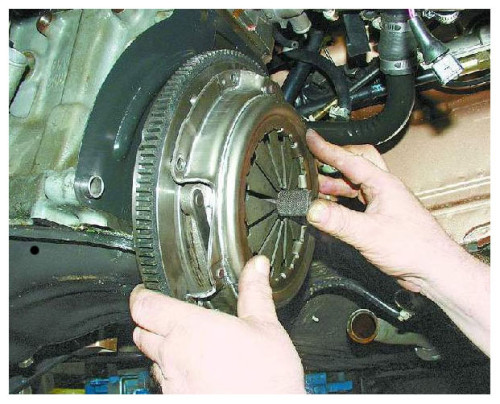
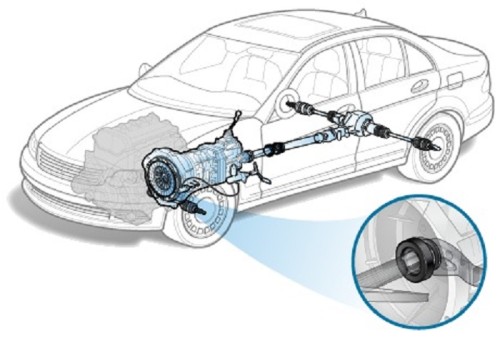
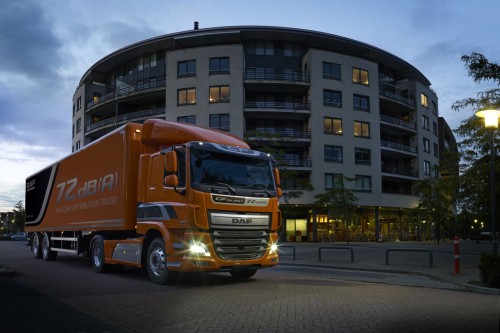
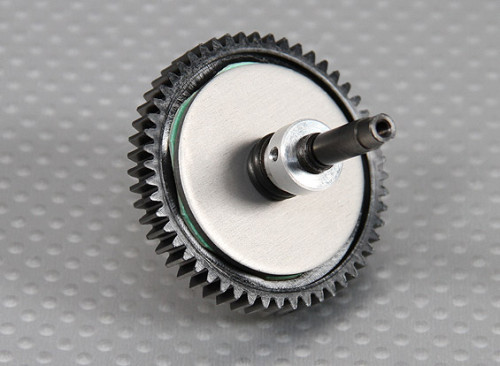
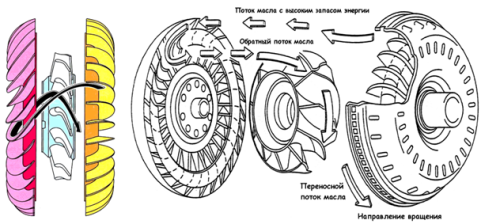
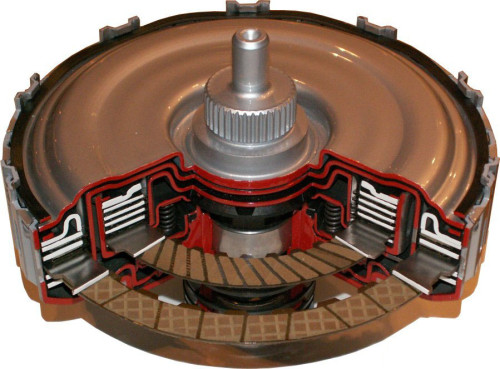
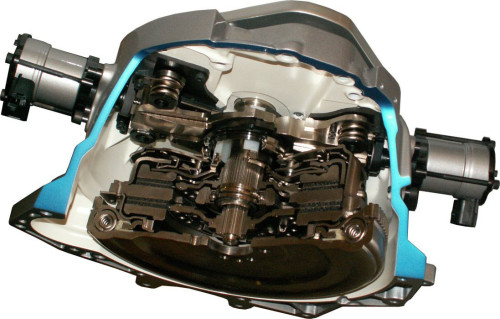

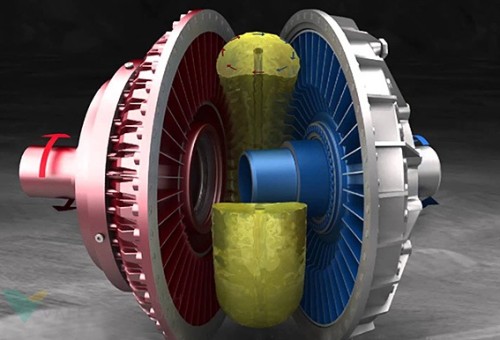
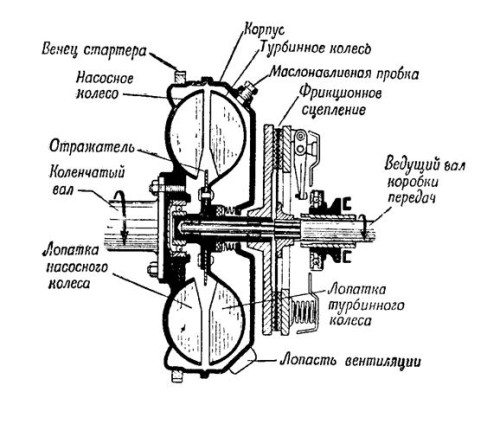
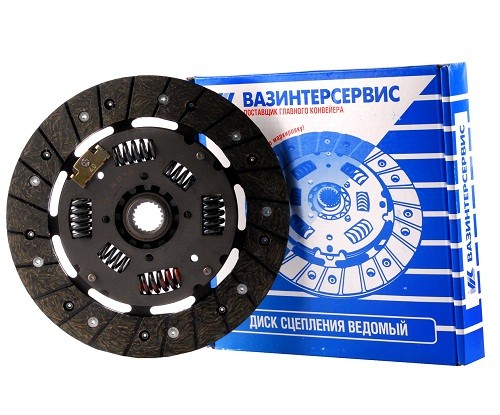
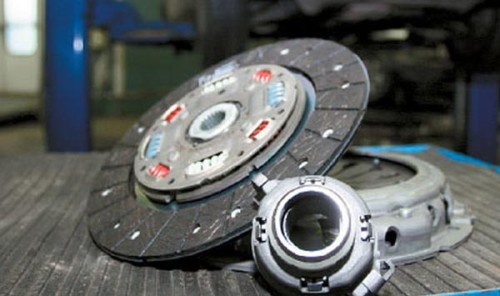
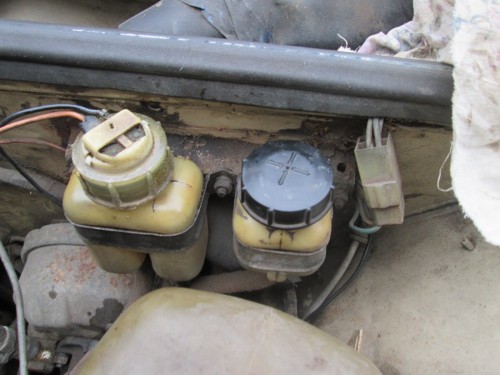






Comments